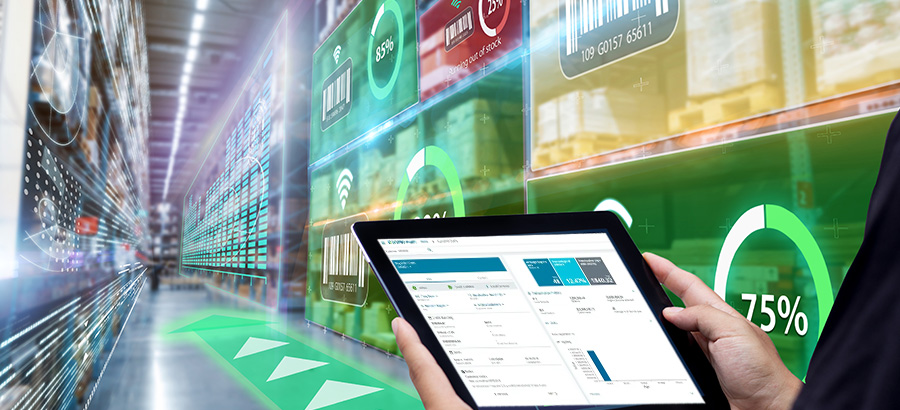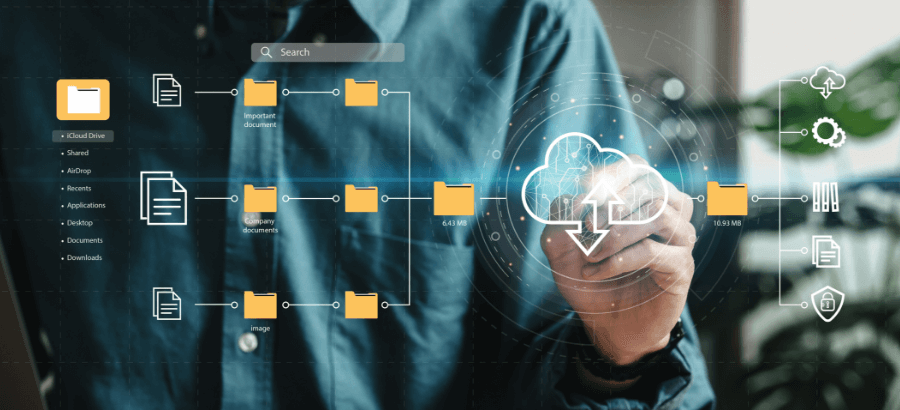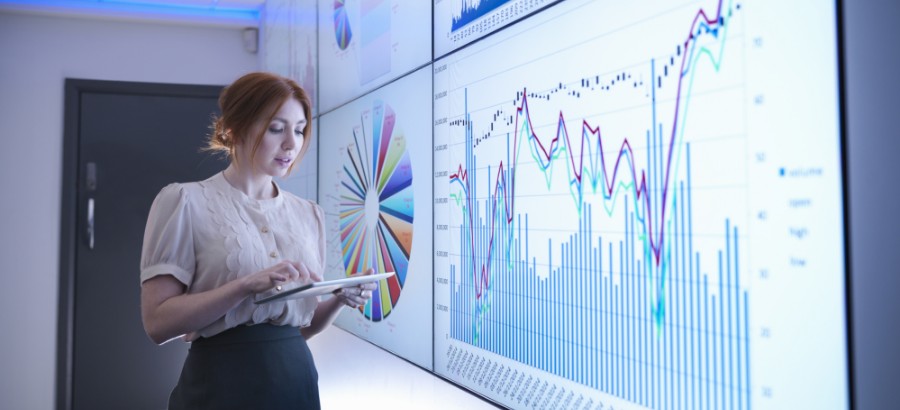Manufactures are continuously faced with the challenge of forecasting how much (raw material) to purchase and how much (finished goods) to produce. Failure to effectively address this challenging question can result in enormous inefficiencies caused by misalignment of demand and supply throughout the supply chain.
The misalignment can result in multitude of negative consequences such as high warehousing costs, cash flow difficulties, loss of sales, which can lead to permanent loss of loyal customers. To manage this delicate balance of demand and supply, manufacturers often use statistical forecasting techniques to predict future demand by looking at historical sales data.
So, how can technology assist with forecasting?
Although there are standard widely available tools, such as excel spreadsheets, that can be used to forecast demand, functionalities of such tools generally lack the robustness and data security required by most manufacturing organisations. Most manufacturers require a comprehensive Inventory Planning Solution that has robust functionalities to integrate critical, interrelated business departments such as finance, marketing, sales, and procurement. The integration between these functions supports a collaborative process that ensures that a forecast is balanced and accommodates each department’s plan.
The value of forecasting
The Inventory Planning Solution includes a Forecasting Program that consists of a wide range of statistical forecasting algorithms to choose from when forecasting demand. The program uses built-in intelligence that perform data analytics in the background and select the most suitable algorithm for each item to be forecasted. Because the forecasting algorithms are very quantitative in nature, some people may assume that developing the good forecast boils down to selecting the best forecasting technique, but that is not completely correct as a good statistical forecast also depends on other factors such as the level of aggregation that the forecast need to be calculated and the kind of metrics that should be used to measure accuracy. Therefore, there is no silver bullet when demand forecasting and one need to observe the model closely and fine tune it as and when required.
A change in consumer behavior
Although forecasting has always been considered to be a relatively complex, daunting task; the covid-19 pandemic has added more layers to the complexity. The pandemic caused major unprecedented disruptions in the entire supply chain. Even though business data availability has increased, customer purchase patterns has also become more complex, and therefore harder to predict with accuracy. While organisations cannot rely on data of purchases that occurred during the pandemic, they also cannot ignore it. The pandemic has highly altered customers’ behaviour and as a result, demand is not the same as it was pre-pandemic and future purchasing trends is anyone’s guess. As a result, knowing what to plan for and what data to use has never been more unclear.
The way forward for forecasting
One may wonder if manufacturers need to abandon the forecasting methods that they have relied on for many years. The simple answer is No, but manufacturers may need to use forecasting models differently. As stated by many experts, disruptions caused by pandemic will have long-term effect on the supply chain and the new normal will never be the normal we have known before. In the next post, different methods that can be used with statistical forecasting techniques will be discussed.







